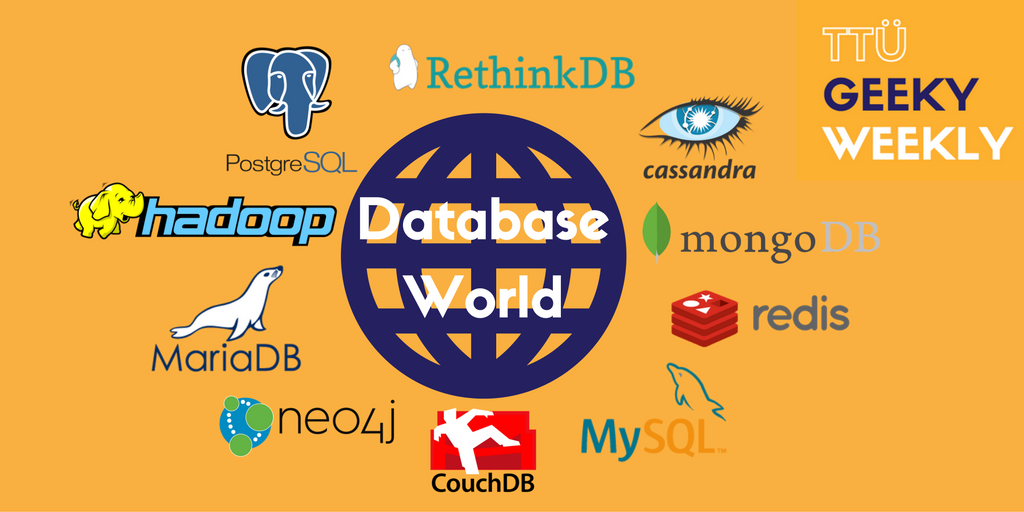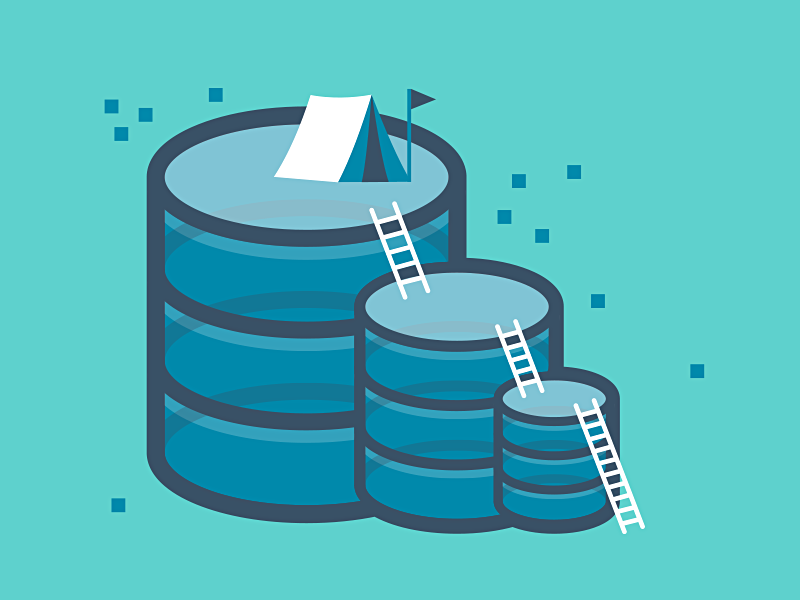RDBMS in NoSQL World
Petr Jelínek
28th of Oct 2016
TTÜ Geeky Weekly

Who?
- Developer for 14 years
- PostgreSQL Developer & Consultant at 2ndQuadrant
- Previously 4 years at Skype
- PostgreSQL Contributor for more than 10 years
- Lead developer of Postgres-BDR multi-master replication system for PostgreSQL
- Co-maintainer of PgBouncer lightweight connection pooler for PostgreSQL
- Long time contributor to various smaller open-source projects
Database Paradigms
RDBMS
PostgreSQL, Oracle, MySQL, MSSQL
NoSQL
MongoDB, Cassandra, RocksDB
NewSQL
Vertica, VoltDB
Other specialized
Hadoop, Elastic search, etc
Origins of NoSQL
- First databases were "NoSQL" as there was no SQL yet
- SQL came from IBM in 1970s and was standardized in 1980s
- Modern NoSQL databases were inspired by paper from Google
- Term NoSQL coined by Johan Oskarsson of Last.fm in 2009 for distributed non-relational databases
ACID
Durability: once data is written it will always be there, across crashes and similar
BASE
Basically Available: "always" available
Soft-state: the state of the system may change even without client activity
Eventual Consistency: the system will become consistent over time
Atomic: all commands in transaction either succeed or fail, there is no in between state preserved
Consistent: all committed data is consisted according to the rules, constraints, etc that are defined in the DB
Isolation: provides control over what data other clients see
Relational
"Unstructured"
Data Structure
| user_id | city | country |
|---|---|---|
| 1 | London | UK |
| 2 | Oxford | UK |
| id | name | |
|---|---|---|
| 1 | Simon | simon@email.com |
user
address
{
"id": 1
"name": "Simon"
"email":"simon@email.com"
"address":
[
{
"city": "London"
"country": "UK"
},
{
"city": "Oxford"
"country": "UK"
}
]
}Data Structure
- Most of the useful data is structured
- Relational != Normalised
- JSON document is still relational data
- Schema can be forced either by db or application
- Schema-on-write vs schema-on-read
- Schema-on-write means that all data has the same schema
- Schema-on-read means that application needs to be aware of all versions of the schema
Retrieving the Data
- SQL - complex, standardized query language with it's own types and operators
- Four basic operations
- SELECT - retrieve data
- INSERT - add data
- UPDATE - modify data
- DELETE - remove data
- Operate over sets of data
RDBMS
Retrieving the Data
RDBMS
SELECT * FROM users WHERE id = 1;
SELECT department, role, gender, count(*)
FROM employees
GROUP BY CUBE (department, role, gender);
WITH RECURSIVE ...Retrieving the Data
NoSQL
- Each database has it's own API
- Usually direct integration of the interface into the programming language by the db driver
- Capabilities of the "query language" depend on the database
Retrieving the Data
NoSQL
redis.get(1)
db.bios.find( { _id: 5 } )
db.bios.find(
{
awards: {
$elemMatch: {
award: "Turing Award",
year: { $gt: 1980 }
}
}
}
)Scaling
Vertical
Scaling
Horizontal

The Many Types of NoSQL
Key-Value Store
- Stores key-value pairs
- Value can be anything
- Value is opaque to the database
- Access to the data only through the key
- Easy to scale
- Sometimes used as storage engine for other types of databases (RocksDB)
The Many Types of NoSQL
Document Store
- Stores primary key-value pairs
- Value has some specific format (i.e. JSON, BSON, XML)
- Database is aware of the structure and contents of the value
- Parts of the value can be manipulated
- Usually supports secondary indexes
- Access to data using part of the value
The Many Types of NoSQL
Graph Store
Specialised type of database optimized for storing graphs
The Many Types of NoSQL
Wide-Column Store
- Stores records (or rows) which contain arbitrary amount of columns
- Every record can have different columns
- Usually query language
- Originated from the Google BigTable paper
The Power of RDBMS
- Rich and (mostly) standardised query language
- Does most of the operations over the data for you
- Many options of storage patterns
- Relational (normalized or not)
- Document (json, xml)
- Key-value
- ACID
- The default behaviour under concurrent access is mostly what you'd expect
- More mature
- Over the years picked features from non-relational databases and integrated them
What to Choose and When?
Do you know what you are doing?
No: use RDBMS
Yes: you don't need me to tell you
What to Choose and When?
Key-Value store (Redis)
Caching
Graph databases (Neo4j)
Social relations (friend of a friend), network maps
Wide-column store (Cassandra)
When you need to easily scale writes beyond what
single server can do
Document store (?)
Volatile data with dynamic structure (web sessions,
chat, etc)
Ping me!



